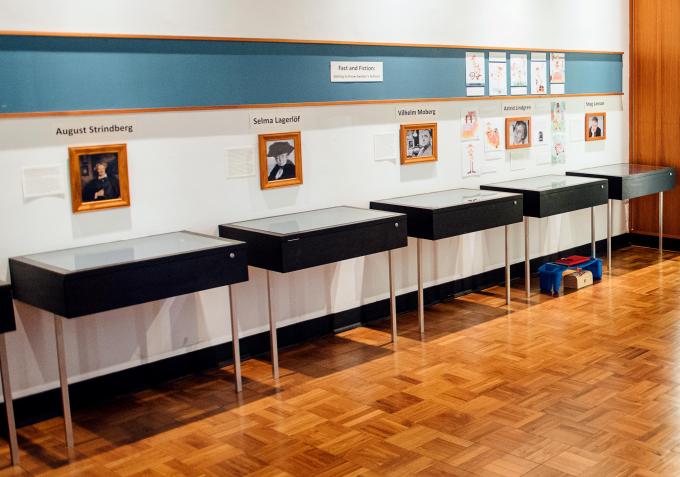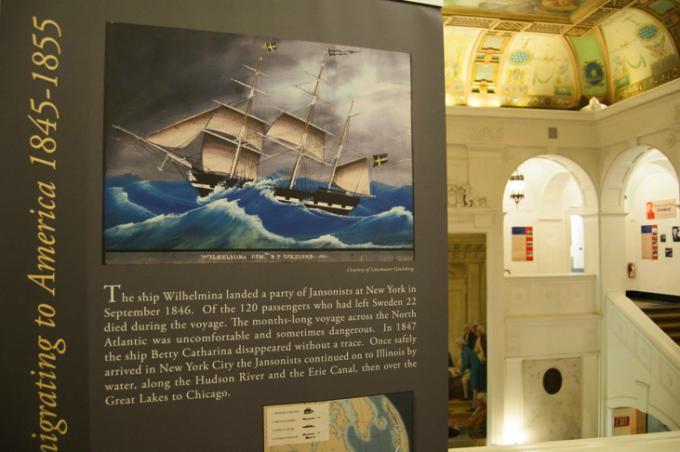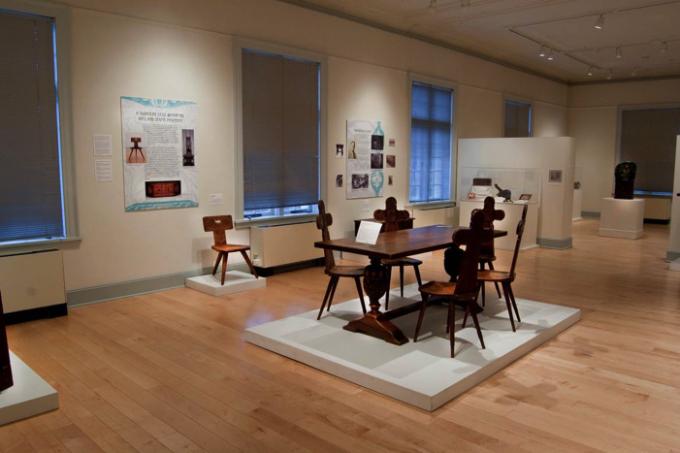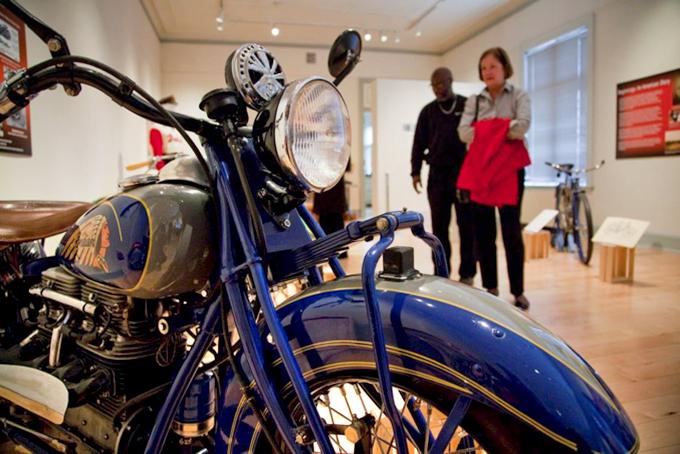From the age of the Vikings to the settlers of the New Sweden Colony (1638-1655), to contemporary issues in Scandinavian society, the American Swedish Historical Museum will take you back in time and across the sea to learn the stories of Swedes in America.
Past Exhibitions
Designed by an enterprise partnering with the IKEA Foundation and the UNHCR, these refugee shelters offer displaced persons a secure, adaptable, and dignified place to live. The American Swedish Historical Museum’s ‘better shelter’ will be installed on the Museum’s lawn.
This exhibit captures the impact of the war in Syria. Twenty-two photographs, by acclaimed photojournalist Magnus Wennman, document the refugee crisis and what the simple act of bedtime brings for the youngest and most vulnerable refugees — children.
In a small exhibition located in the Kalm-Seaborg Gallery on the second floor, ASHM examines Swedish authors whose works have leaped across culture lines to impact the American literary landscape.
All over Scandinavia, December and January are filled with celebrations of good food, good drink, and good company. January – September 2017 learn about traditional holiday drinks such as Christmas beers, aquavit, and glögg. Offer a hearty “Skål!”
The Bishop Hill Colony was a religious community founded in Illinois in 1846 by Eric Janson and his followers. The small Swedish colony survived for only 15 years, but it left a lasting mark on immigration history.
Karl von Rydingsvärd was a Swedish immigrant whose passion for woodcarving made him influential within the Arts and Crafts movement of the late-19th and early-20th centuries. His story is one of Swedish nobility and American success.
Celebrate the spirit of Labor Day by learning more about Joe Hill (born Joel Emmanuel Hägglund), the Swedish-American labor activist, songwriter, cartoonist, and member of the Industrial Workers of the World.
Did you know that a Swedish-American engineered the first American motorcycle? It happened in 1901 when Carl Oscar Hedstrom (1871-1960), a Swedish immigrant and machinist, and George Hendee (1866-1943), an American bicycle racer and builder, founded the “Indian Motocycle Manufacturing Company”.








